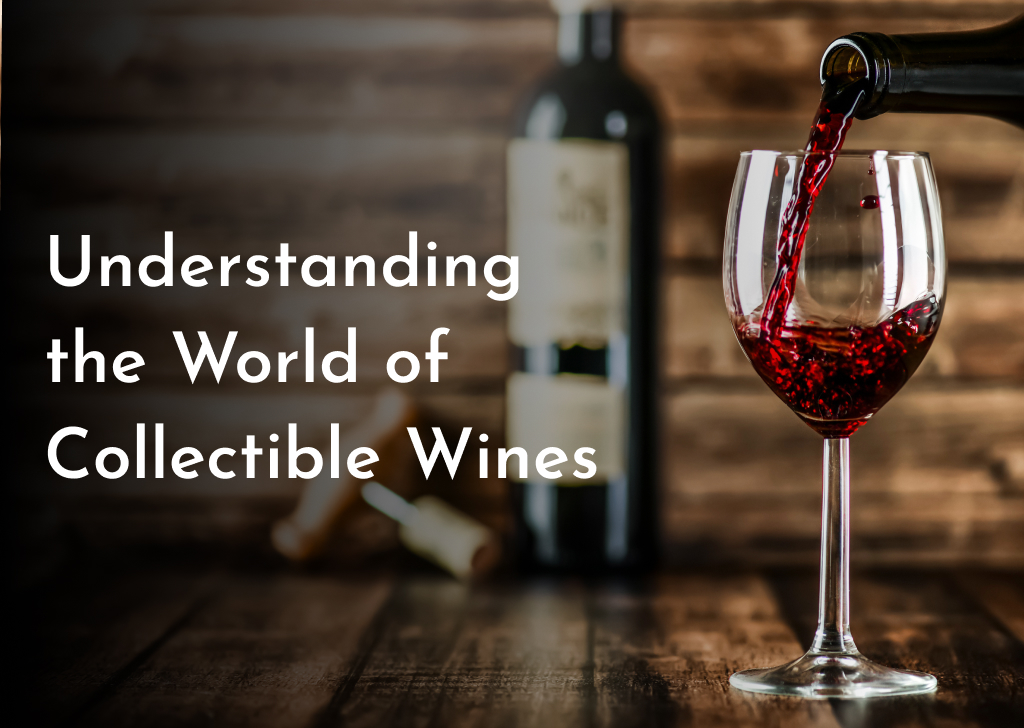The world of collectible wines intersects history, culture, and craftsmanship, creating a market driven by passion and investment. Collectible wines, often referred to as “fine wines,” are those particularly valued for their quality, rarity, and pedigree, making them highly sought after by connoisseurs and investors alike.
Vintage Quality and Rarity
One of the key factors that make a wine collectible is its vintage. Vintage wines are made from grapes grown and harvested in a single specified year, and in good years, these wines can develop complex flavors that become more refined over time. The rarity of a vintage due to small production numbers, exceptional weather conditions, or other unique factors can significantly increase a wine’s value and collectibility. For example, wines from regions like Bordeaux and Burgundy in France, known for their optimal grape-growing climates, often produce vintages that become legendary.
Wine Provenance and Storage
Provenance is another critical factor in the collectible wine market. It refers to the history of wine ownership and storage conditions, which must be impeccable to ensure the wine’s quality remains high. Serious collectors often invest in professional storage solutions that maintain optimal temperature, humidity, and light conditions to preserve their wines. Wines with well-documented histories of proper storage tend to fetch higher prices at auction.
Historical Significance
The allure of collectible wines isn’t solely rooted in their taste and storage history; historical significance also plays a pivotal role. Wines associated with landmark events or legendary figures in viticulture can attain an almost mythic status. For instance, a bottle from a vineyard known for pioneering a particular winemaking technique or one linked to a historic vintage affected by unique climatic events can elevate its desirability and, consequently, its value. Collectors and enthusiasts often seek out such bottles for their potential investment returns and storied pasts, which enrich any collection.
The Role of Wine Ratings and Critics
Ratings from reputable critics such as Robert Parker or organizations like Wine Spectator can significantly influence a wine’s market value. Wines that score highly on these critics’ scales are more likely to become collectible. A rating of 90 points or above generally indicates that a wine is of superior quality and may be worth collecting. These ratings help potential buyers assess a wine’s quality and potential for aging, which are critical factors in their investment decision-making process.
Market Trends and Investment Potential
Broader market trends also influence the collectible wine market. For instance, the popularity of wines from newer regions like Napa Valley in California or the Barossa Valley in Australia has expanded the traditional European-centric wine market. Moreover, with the increasing accessibility of international markets due to online sales and auctions, collectors have more opportunities than ever to acquire rare wines worldwide.
Investing in collectible wines can be rewarding, but it comes with its own set of risks. The value of wine can fluctuate based on consumer tastes, economic conditions, and changes in the global wine industry. However, for those with a deep understanding of wine, its history, and market dynamics, collecting wine offers a unique combination of personal enjoyment and potential financial return. Learn more from our “Collector’s Content” (need link) or visit us in-store at New Hampshire Liquor & Wine Outlet to explore the world of collectible wines.

